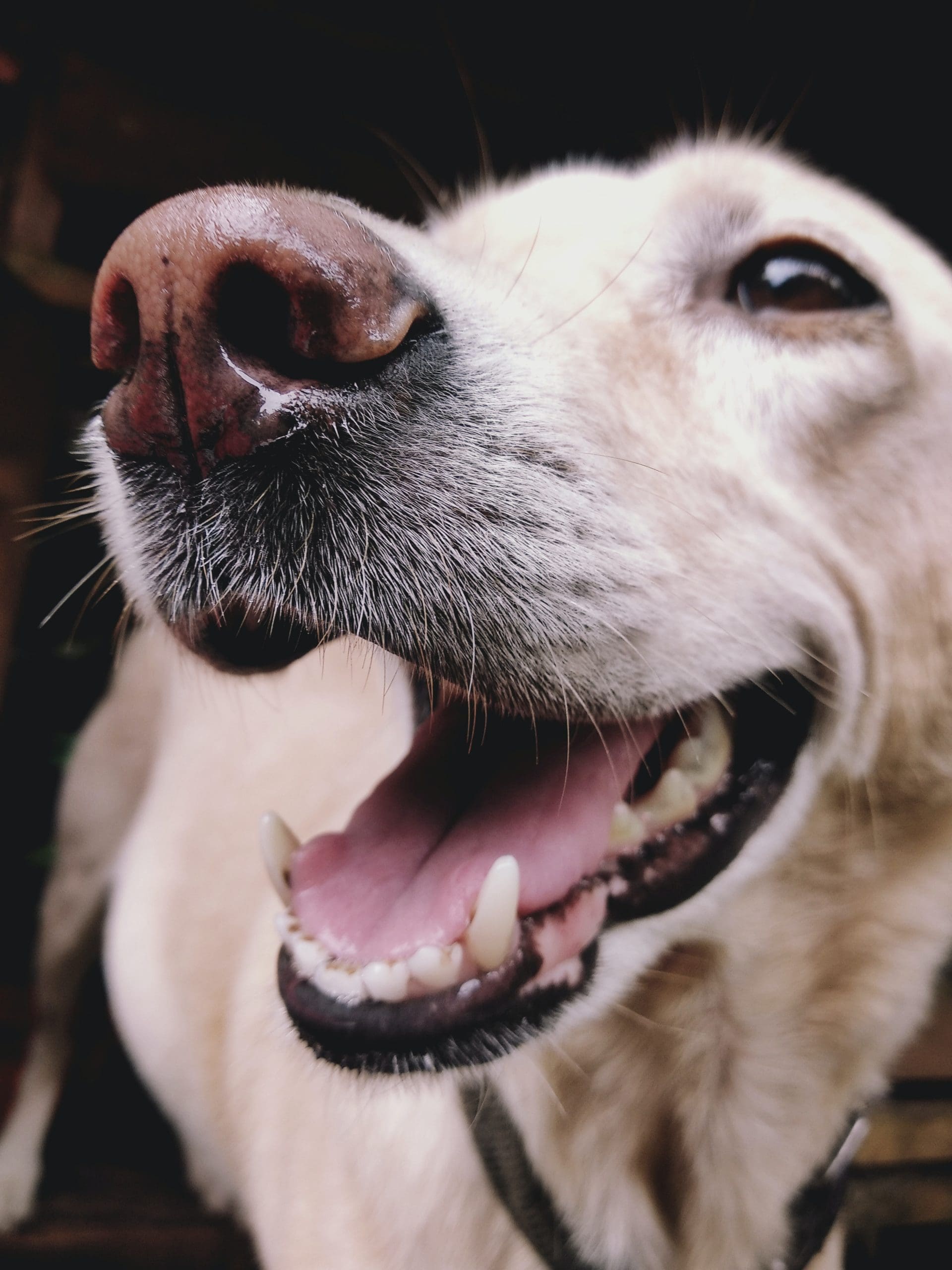Training a service dog demands commitment, consistency, and a thorough understanding of canine behavior. These remarkable animals play a crucial role in enhancing the lives of individuals with disabilities by offering support, companionship, and practical help in daily activities. Whether training a dog for personal use or assisting someone else, a thoughtful approach is vital.
Selecting the Right Dog
Choosing the right dog is the foundation of successful service dog training. Not every dog possesses the qualities needed for this important role, even if they seem friendly. Ideal candidates are typically calm, intelligent, and eager to please. Breeds like Labrador retrievers, golden retrievers, and German shepherds are commonly favored for their trainability and temperament, though mixed breeds can also excel if they exhibit the necessary traits.
Building a Strong Bond
Establishing a solid bond with your dog is essential. This relationship serves as the bedrock of effective training. Spend quality time together, engaging in activities that foster trust and familiarity. Regular play, walks, and basic obedience training help strengthen this connection. A dog that feels secure and cherished is more inclined to embrace training.
Mastering Basic Obedience
Basic obedience training is a crucial step in preparing a service dog. Your dog should learn commands such as sit, stay, come, and leave it. These commands form the backbone of good behavior and are vital for the safety and control of the dog in public settings. Consistent practice paired with positive reinforcement—using treats, praise, and playtime—encourages the dog to learn and respond effectively.
Training Specific Tasks
Once your dog is comfortable with basic commands, specific tasks tailored to the handler’s needs can be taught. A service dog might be trained to retrieve items, open doors, or provide stability for someone with mobility challenges. Each task should be broken into manageable steps for gradual learning. For example, start with a favorite toy for retrieval training, using a command like “fetch” to connect the action with the word. As your dog masters retrieving toys, gradually introduce other helpful items.
Effective Socialization
Socialization is vital for service dogs, who frequently encounter various public environments. Exposing your dog to different sights, sounds, and people is essential. Ensure your dog remains calm in busy settings, as positive experiences in public build confidence and adaptability.
Focusing on Distraction Control
Teaching your service dog to ignore distractions is essential for maintaining focus in bustling environments. Begin training in controlled settings with minimal distractions, gradually increasing complexity as your dog improves. Use treats to reinforce good behavior when your dog successfully ignores distractions.
Public Behavior Training
In addition to specific tasks, service dogs must exhibit appropriate public behavior. They should remain calm and well-mannered in various situations, avoiding jumping on people or barking unnecessarily. Regular practice in diverse environments reinforces these behaviors.
Public Access Training
After mastering necessary skills, focus shifts to public access training, ensuring the dog can accompany their handler in public without causing disruptions. Familiarize the dog with the rules of public spaces, practicing entering and exiting doors, navigating crowds, and maintaining focus on the handler. Consistency and patience are crucial, as each dog learns at their own pace.
Understanding Laws and Regulations
Educating yourself about service dog laws and regulations is essential for navigating public spaces and advocating for the dog’s needs. Research local laws to ensure you are well-informed and prepared.
Maintaining Training Standards
Although training a service dog is rewarding, it can be challenging. It’s common to feel overwhelmed if a dog struggles with specific skills. Recognize that every dog is unique, and some may take longer to learn. Celebrate small victories and remain patient throughout the training journey.
In cases of difficulty, seeking assistance from a professional dog trainer specializing in service dog training can be beneficial. Tailored guidance and support from an experienced trainer can lead to success, and classes or workshops can provide valuable resources and community support.
Ongoing Skill Development
Training does not end once a dog has mastered their tasks. Regular reinforcement and practice are essential for keeping skills sharp and well-behaved. Incorporate training sessions into daily routines to keep the dog engaged and motivated.
As proficiency increases, exploring advanced skills and tasks can enhance the dog’s ability to assist their handler. These may include alerting to medical conditions or providing emotional support during anxiety. The bond between handler and dog strengthens as they work together to learn new skills.
Collaborative Training Efforts
Involving the individual who will use the service dog in the training process can be advantageous. Their insights can help tailor training to specific needs, fostering a deeper understanding between the handler and the dog, which leads to a more effective partnership.
The Emotional Connection
The emotional bond that develops during training is profound. Service dogs often evolve into loyal companions, providing not only assistance but also emotional support and friendship. This connection significantly enhances the quality of life for individuals with disabilities, offering both practical help and comfort.
Training a service dog is a meaningful journey that requires time, effort, and compassion. Understanding the unique needs of both the dog and the handler, along with a patient and consistent approach, fosters a strong partnership. Celebrate progress, no matter how small, and maintain a positive training environment that encourages learning and growth. A well-trained service dog can profoundly impact both the handler’s independence and their connection to the world.



